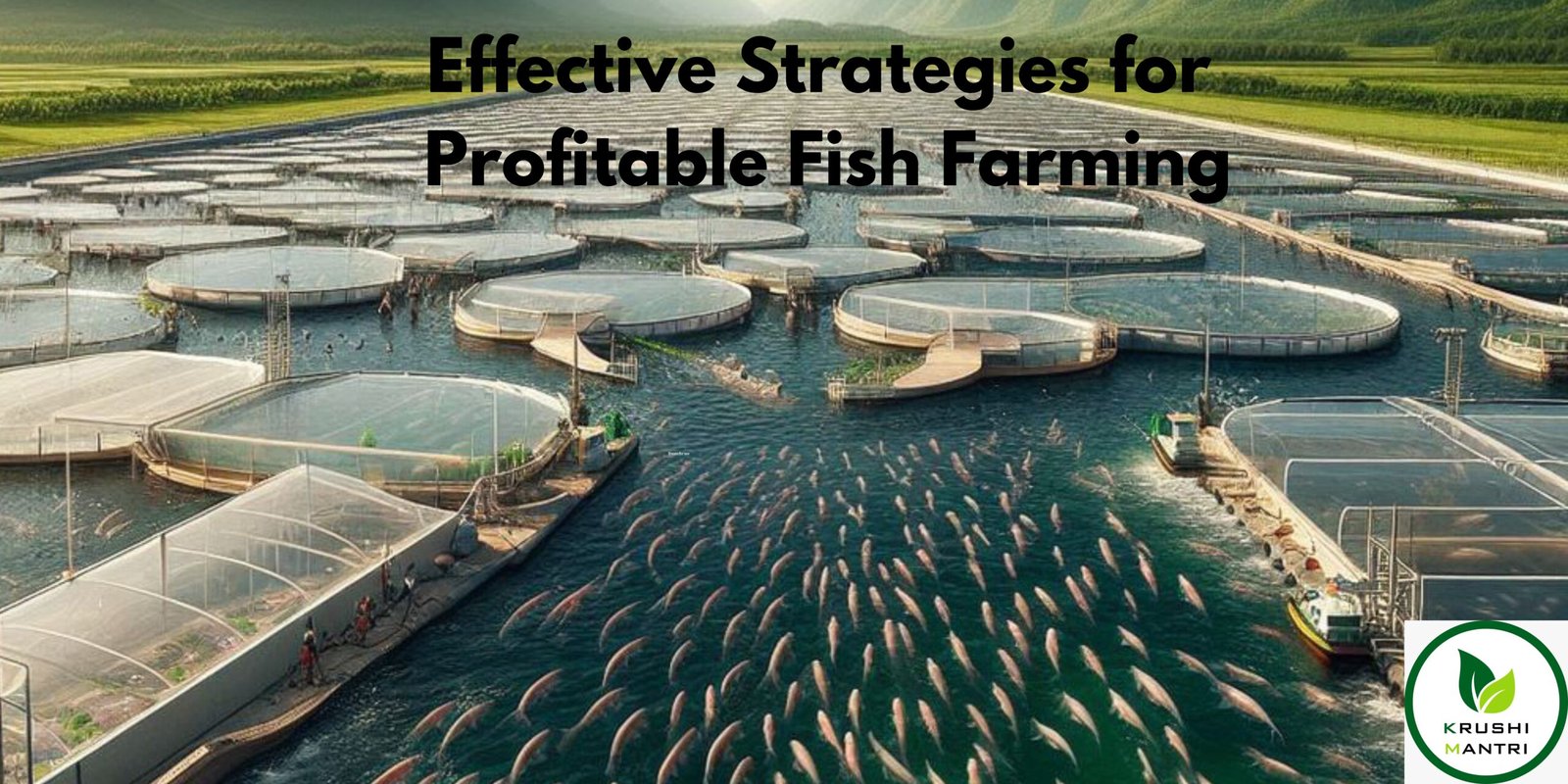Introduction: The Rise of Dragon Fruit Cultivation in Maharashtra
In recent years, dragon fruit cultivation has gained significant momentum in Maharashtra, particularly in drought-prone areas like Solapur. Known for its resilience and minimal water requirements, dragon fruit is proving to be a profitable alternative for farmers in regions where traditional crops struggle. With a growing demand for exotic fruits both domestically and internationally, this cactus-like vine has found a place in Indian agriculture, thanks to innovative farmers like Mahesh Asabe.
A Journey from Engineer to Dragon Fruit Farmer
Mahesh Asabe, a 27-year-old agricultural engineer, is revolutionizing farming in the arid regions of Maharashtra. After completing his BTech in Agricultural Engineering and an MTech in Food Processing, Mahesh turned his passion for farming into a thriving business. Hailing from an agrarian family, he was inspired by his father’s forward-thinking approach to farming and decided to experiment with dragon fruit, a crop that was relatively unknown in India in 2013.

Starting Dragon Fruit Farming: Initial Investment and Costs
Starting a dragon fruit farm involves a significant initial investment, with costs ranging from Rs 5 to 6 lakh per acre. This includes expenses for saplings, support poles, drip irrigation systems, and labor. Each acre requires about 2,000-2,500 saplings, which are planted around poles for support. Drip irrigation is essential for efficient water use, ensuring that the plants receive consistent moisture without waste. While the initial costs may seem high, the long-term returns from dragon fruit farming are substantial, especially as the crop begins yielding fruit within just 12-15 months.
Profits and Yield: Rs 9 Lakh Per Acre from Dragon Fruit
One of the most attractive aspects of dragon fruit farming is its high profitability. In the first year of cultivation, farmers can expect a yield of around 5 tonnes per acre, generating approximately Rs 5 lakh in revenue. From the second year onwards, yields can increase to 10 tonnes per acre, leading to a potential revenue of Rs 10 lakh. After deducting annual maintenance costs, which are around Rs 1 lakh per acre, the net profit can reach up to Rs 9 lakh per acre. This profitability makes dragon fruit an ideal crop for farmers looking to maximize income with minimal water resources.
Expanding Dragon Fruit Varieties: Jumbo Red, Siam Red, and Yellow Flesh
Mahesh Asabe has diversified his dragon fruit farming by cultivating multiple varieties, including the popular Jumbo Red, Siam Red, White Flesh, and the premium Yellow Flesh. Each variety has its own unique characteristics, such as taste, color, and market demand. The Yellow Flesh variety, which Mahesh introduced from Thailand, commands the highest price in the market, often selling for Rs 200-250 per kg. By offering a range of varieties, Mahesh not only meets different consumer preferences but also capitalizes on the higher profits that premium varieties like Yellow Flesh bring.
Why Dragon Fruit is a Profitable Crop for Drought-Prone Regions
Dragon fruit’s ability to thrive in arid and semi-arid regions makes it a highly profitable crop for areas prone to drought. Unlike water-intensive crops such as sugarcane or rice, dragon fruit requires minimal irrigation and can survive in harsh conditions. This makes it an ideal choice for regions like Solapur, where water scarcity is a major issue. The plant’s cactus-like nature allows it to store water efficiently, and with proper drip irrigation, farmers can maximize yields while conserving resources. Its resistance to many pests and diseases further reduces input costs, making it a low-maintenance yet lucrative option for farmers.
Market Demand and Export: Dragon Fruit Goes Global
The demand for dragon fruit is rapidly increasing both domestically and internationally. With its unique appearance and health benefits, the fruit has found a place in premium markets across India and is gaining traction in global markets as well. Mahesh sells 95% of his produce to wholesalers, supermarkets, and bulk buyers in cities like Mumbai, Pune, and Solapur. In addition to domestic sales, Mahesh has tapped into the export market, shipping dragon fruit to countries such as Thailand, Vietnam, and Oman. The fruit’s long shelf life and robust export potential have made dragon fruit farming a highly profitable enterprise for Indian farmers.
Adding Value: Dragon Fruit Processing and Nursery Business
Beyond selling fresh fruit, Mahesh is expanding his business by venturing into dragon fruit processing and sapling sales. He is setting up a food processing unit to produce value-added products like dragon fruit jam, juice, jelly, squash, chips, and wine. These products not only help diversify income streams but also add significant value to the raw fruit. Additionally, Mahesh’s nursery business, where he sells saplings to other farmers, provides a steady source of income and helps promote dragon fruit cultivation across the country. By adding value through processing and sapling sales, Mahesh ensures a stable and diversified revenue model.

Training the Next Generation of Farmers
Mahesh is committed to sharing his knowledge and experiences with other farmers, helping them transition into dragon fruit cultivation. Through his Rukmini Farms and Nursery, he offers training sessions where farmers can learn about the practical aspects of dragon fruit farming. Initially offering free training, Mahesh now charges Rs 1,000 per session to ensure only serious participants attend. So far, over 30,000 farmers have visited his farm, with more than 500 purchasing saplings to start their own dragon fruit ventures. By training others, Mahesh is not only expanding the reach of dragon fruit farming but also contributing to the growth of India’s agricultural sector.
Future Outlook: Dragon Fruit Farming’s Potential in India
With the increasing demand for dragon fruit in both domestic and global markets, the future of dragon fruit farming in India looks promising. The crop’s ability to thrive in drought-prone regions, coupled with its high market value, makes it an attractive option for farmers. Even if prices were to stabilize due to increased supply, dragon fruit farming would still offer substantial profits compared to traditional crops. Moreover, the potential for value-added products and export markets opens up additional revenue streams. As more farmers adopt this crop, dragon fruit farming is set to play a transformative role in Indian agriculture.
How to Start Dragon Fruit Farming/Pitaya
To start dragon fruit farming, farmers need to choose the right variety that suits their region’s climate and soil conditions. The initial steps include preparing the land, installing support systems like concrete or wooden poles for the climbing plants, and setting up a drip irrigation system. Farmers should source saplings from reputable nurseries, ensuring they get disease-free plants. It’s also important to understand the crop’s growth cycle and implement proper pruning, fertilization, and pest management techniques. While the initial investment may be substantial, the long-term returns from dragon fruit farming make it a viable and profitable agricultural venture.
Top Dragon Fruit Production Regions in India
Dragon fruit is primarily cultivated in states with warm climates and minimal rainfall. The leading production regions in India include Maharashtra, Gujarat, Karnataka, Andhra Pradesh, and Tamil Nadu. These areas offer ideal growing conditions, including well-drained soil, high temperatures, and sunlight. Maharashtra, in particular, has emerged as a key player due to its favorable climatic conditions, especially in regions like Solapur and Sangola, where traditional crops struggle due to water scarcity. As more farmers adopt dragon fruit cultivation, these regions are likely to become major contributors to India’s growing dragon fruit market.
Best Season to Cultivate Dragon Fruit in India
The ideal time to start planting dragon fruit is during the warmer months, typically between February and April, just before the onset of the monsoon season. This timing allows the young plants to establish themselves and develop strong roots before the cooler months. Dragon fruit plants thrive in warm, tropical climates with temperatures ranging between 20°C and 30°C. Once established, the plants can tolerate higher temperatures and require minimal water, making them suitable for regions with prolonged dry spells. Proper planning during the planting season can significantly impact the yield and quality of the fruit.
Varieties of Dragon Fruit
Dragon fruit comes in several varieties, each offering different flavors, colors, and market demand. The most common varieties cultivated in India include:
- Jumbo Red: Known for its large size and vibrant red flesh, this variety is highly sought after for its sweet taste and high yield.
- Siam Red: A popular variety with deep red flesh and a slightly tart flavor, making it a favorite in both fresh fruit markets and for value-added products.
- White Flesh: This variety has a mild, sweet flavor and is often used in processed foods like juices and jams.
- Yellow Flesh: A premium variety that fetches a high market price due to its rich flavor and high nutritional value. It’s considered the most lucrative variety for export.
Soil Preparation Procedure in Dragon Fruit Production
Proper soil preparation is crucial for successful dragon fruit farming. The crop thrives in well-drained, slightly acidic to neutral soil with a pH level between 6 and 7. Before planting, farmers should clear the land of any weeds and rocks. Organic compost or well-decomposed manure should be added to enrich the soil with nutrients. Ensuring proper drainage is essential to prevent waterlogging, which can lead to root rot and other diseases. In regions with poor soil quality, raised beds or mounds can be created to improve drainage and root development.
Pruning of Dragon Fruit Plants
Pruning is an essential part of maintaining healthy dragon fruit plants and maximizing fruit production. Regular pruning helps control the plant’s growth by removing dead or diseased branches, allowing sunlight to penetrate the plant’s core. This encourages better flowering and fruit set. Pruning should also focus on maintaining the plant’s structure, ensuring that it grows in a way that allows for easy harvesting. Properly pruned plants are less prone to pest infestations and disease, and they produce higher-quality fruit. Pruning should be done during the dormant season, preferably after the harvest period.
Irrigation and Water Management in Dragon Fruit Farming
Effective irrigation and water management are vital for the successful cultivation of dragon fruit. Although dragon fruit plants are drought-resistant, they still require consistent moisture, especially during the flowering and fruiting stages. Drip irrigation is the preferred method, as it minimizes water wastage and delivers moisture directly to the roots. Farmers should monitor soil moisture levels regularly and adjust their irrigation schedules accordingly. In regions where rainfall is erratic, supplementary irrigation may be necessary to ensure the plants receive enough water. Proper irrigation practices not only enhance fruit quality but also boost overall yields.
Fertilizer Management in Dragon Fruit Farming
Fertilizer management plays a crucial role in the growth and productivity of dragon fruit plants. Farmers should conduct a soil test to determine nutrient deficiencies before applying fertilizers. A balanced fertilizer mix, including nitrogen, phosphorus, and potassium, is essential for promoting healthy growth and fruit production. Organic fertilizers like compost or well-rotted manure can also be beneficial. Fertilizer application should be done in split doses throughout the growing season, with an emphasis on feeding during the flowering stage to enhance fruit set. Regular monitoring of plant health will help farmers adjust their fertilization practices for optimal results.

Pest and Disease Management in Dragon Fruit Farming
Pest and disease management is critical to ensuring the health of dragon fruit plants and maximizing yields. Common pests include mealybugs, scale insects, and aphids, which can be controlled through integrated pest management (IPM) practices. Natural predators and organic pesticides can be employed to minimize chemical use. Diseases such as anthracnose, fruit rot, and stem canker can pose significant threats to crop health. Regular inspections for signs of disease, combined with proper cultural practices like good airflow and sanitation, can help prevent outbreaks. Early intervention is key to managing these issues effectively, ensuring a healthy harvest.
Anthracnose
Anthracnose is a fungal disease that can severely affect dragon fruit crops, leading to dark lesions on fruits and stems. Preventative measures include avoiding overhead watering, ensuring proper spacing between plants for air circulation, and applying fungicides during wet conditions. Regular monitoring of plants for any signs of disease is essential for early detection and management.
Fruit Rot
Fruit rot, often caused by excess moisture or poor drainage, can significantly impact fruit quality. To combat this issue, farmers should ensure adequate drainage in the planting area and avoid overwatering. Harvesting ripe fruits promptly and maintaining cleanliness in the field will also help minimize the risk of fruit rot.
Stem Canker
Stem canker, a fungal disease characterized by sunken lesions on the stems, can weaken the plants and reduce yields. Good cultural practices, including pruning infected stems and applying appropriate fungicides, can effectively manage this disease. Farmers should also ensure proper irrigation practices to prevent stress on the plants, as healthy plants are less susceptible to infections.
Harvesting Process of Dragon Fruit
The harvesting process for dragon fruit is relatively straightforward but requires careful timing and technique. Fruits typically mature about 30-50 days after flowering, and the ideal time to harvest is when the fruit’s skin changes color and the scales begin to lift slightly. Harvesting should be done in the early morning to avoid heat stress on the fruit. Farmers use sharp knives or garden shears to cut the fruit from the plant, ensuring they leave the stem intact for future growth. Proper handling during harvesting is crucial to prevent bruising, as dragon fruits are delicate and can be easily damaged.
Expected Yield from Dragon Fruit Crop
The expected yield from a dragon fruit crop can vary based on several factors, including variety, growing conditions, and farming practices. In the first year of cultivation, farmers can anticipate yields of approximately 5 tonnes per acre. As plants mature and reach their full production capacity by the second or third year, yields can increase to 10 tonnes or more per acre. With proper care and management, some farmers have reported yields as high as 15 tonnes per acre, particularly from premium varieties. This impressive yield potential contributes significantly to the overall profitability of dragon fruit farming.
The Growth Period of Dragon Fruit
Dragon fruit plants require a growth period of about 12 to 18 months before they start producing fruit. Initially, the plants focus on establishing a robust root system and developing strong stems. After planting, farmers can expect the first flowers to appear within 6 to 8 months, leading to fruit development shortly after. The fruit will typically mature in about 30-50 days post-pollination. To maximize the growth potential of dragon fruit, farmers must ensure that the plants receive adequate water, nutrients, and sunlight throughout their growth cycle, fostering healthy development and high yields.
Additional Lighting Requirement in Dragon Fruit Cultivation
While dragon fruit plants thrive in bright sunlight, additional lighting may be beneficial, particularly in regions with shorter daylight hours or during the winter months. Using grow lights can extend the photoperiod, promoting more vigorous growth and potentially leading to earlier flowering and fruiting. This practice is especially useful in controlled environments such as greenhouses, where farmers can regulate light exposure, temperature, and humidity. By providing optimal lighting conditions, farmers can enhance plant health and boost overall productivity, ensuring a successful harvest year-round.
Sample Report: Dragon Fruit Farming Overview
Farmer’s Name: Mahesh Asabe
Location: Sangola Taluka, Solapur District, Maharashtra
Total Area Under Cultivation: 20 Acres
Dragon Fruit Varieties Cultivated: Jumbo Red, Siam Red, White Flesh, Yellow Flesh
Annual Income: Rs 2 Crore
Farming Method: Drip Irrigation, Pole Support System
Export Countries: Multiple, including Thailand, Vietnam, Oman
Sample Table: Dragon Fruit Farming Economics and Yield
| Parameters | Details |
|---|---|
| Initial Investment | Rs 5-6 Lakh per Acre |
| Sapling Cost | Rs 110 per plant (now Rs 25-30 per plant) |
| Saplings per Acre | 2,000-2,500 |
| Support Required | 500 Poles per Acre |
| Fruiting Time | 12-15 Months |
| Annual Yield (1st Year) | 5 Tonnes per Acre |
| Annual Yield (2nd Year Onwards) | 10 Tonnes per Acre |
| Market Rate | Rs 100 per kg (Average) |
| Revenue per Acre | Rs 10 Lakh |
| Profit per Acre | Rs 9 Lakh |
| Subsidy | Rs 1.60 Lakh per Hectare (Maharashtra Govt.) |
| Export Income | Included in Annual Rs 2 Crore Earnings |
| Yellow Flesh Rate | Rs 200-250 per kg |
Conclusion
Dragon fruit farming presents a lucrative opportunity for farmers in Maharashtra and across India, combining high profitability with sustainable agricultural practices. With its adaptability to drought-prone regions and growing market demand, dragon fruit is set to become a staple crop in Indian agriculture. Farmers like Mahesh Asabe are leading the charge, showcasing the potential of this exotic fruit while inspiring the next generation of agricultural entrepreneurs. By investing in proper cultivation techniques, pest management, and value-added processing, farmers can secure a bright future in dragon fruit farming, contributing to the nation’s agricultural success and food security.









